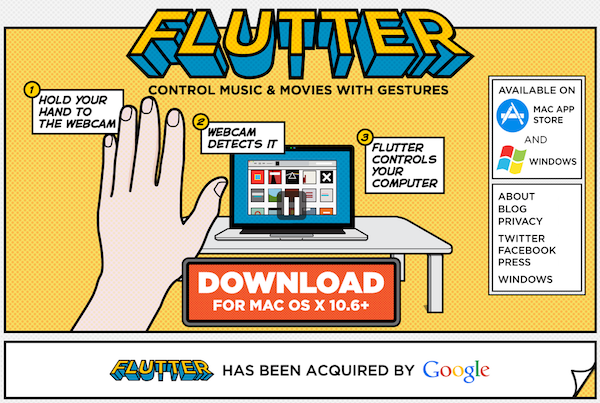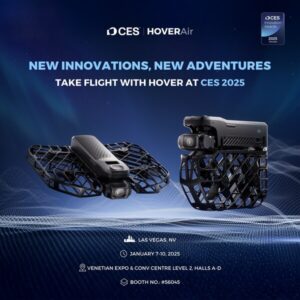Google has made another technology startup acquisition, with the very interesting acquisition of Flutter, a company that has created gesture recognition technology to interact with online applications by simply using hand gestures. They have one app available currently, that allows hand gesture recognition, similar to how the Xbox Kinect incorporates hand gestures in its functionality.
This app is quite popular. It reached the top five most popular apps in the Mac App Store in its first two weeks in multiple countries when it released.
“We’re really impressed by the Flutter team’s ability to design new technology based on cutting-edge research,” a Google spokesperson said regarding the acquisition. “We look forward to supporting and collaborating on their research efforts at Google.”
Flutter’s app works by allowing a user to use hand gestures with the built-in webcam on devices to control navigation for such apps as iTunes, Spotify, Windows Media Player, QuickTime, and Winamp.
With this technology, Google could incorporate it to control things like Google search, YouTube, and many of the Google related apps. With the built-in functionality incorporating Flutter’s technology, you could go even further with how Google incorporates hand gestures through Android.
It could easily be used and integrated into Gmail, to allow users to quickly flip between emails and commands such as delete or reply. It would seem that Google Gmail’s April Fool’s Day joke “Gmail Motion” http://www.youtube.com/watch?v=Bu927_ul_X0 might not be that far off from reality, with more realistic motions than the funny ones Google used.
And integration into their search can be used in conjunction with their current voice-activated search, allowing users to use gestures to scroll up and down the research results, to get the next page of search results or even to click on a specific result. There is definitely lots of potential for Google to integrate hand gestures in search.
Flutter had planned to launch a new product in August; however that product was never released, and now that appears to be because of the Google acquisition. It was believed the product was a Windows version of their gesture recognition.



